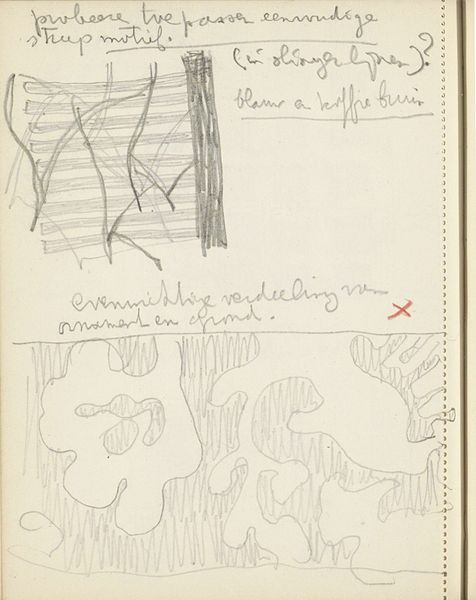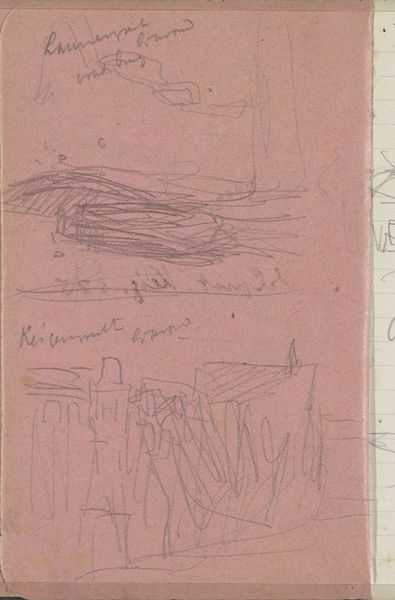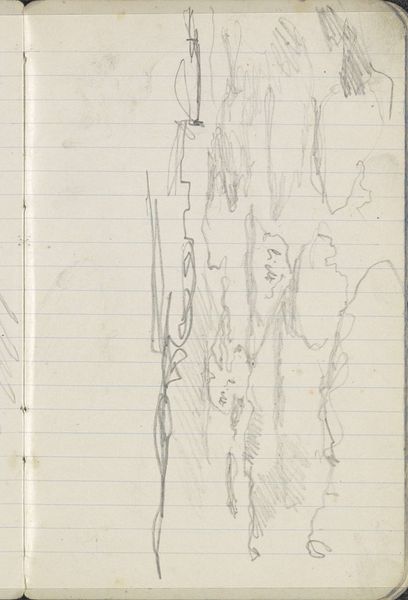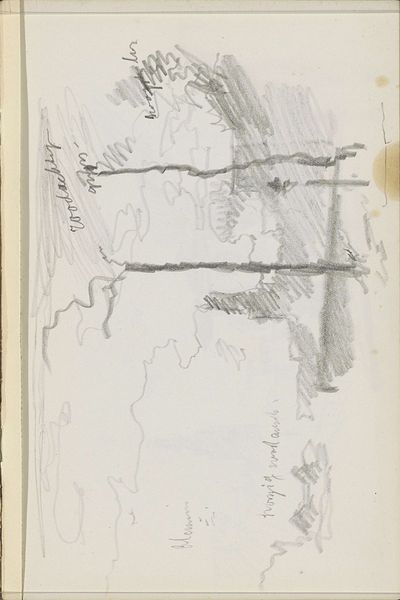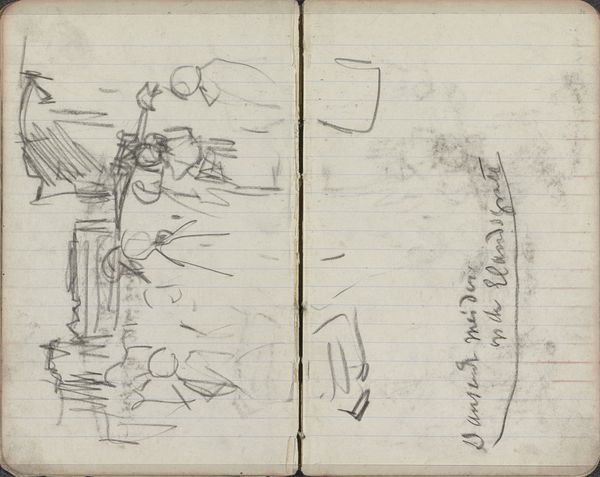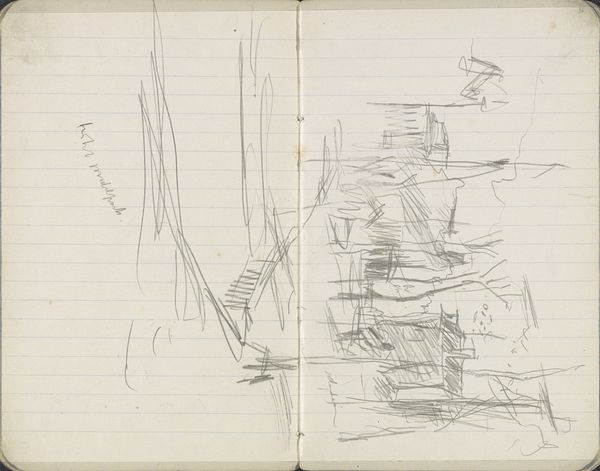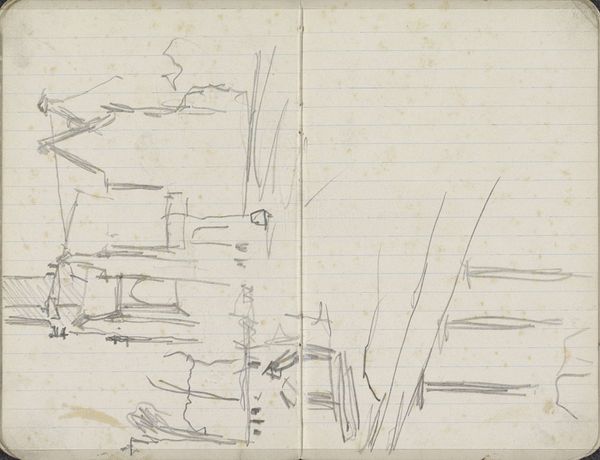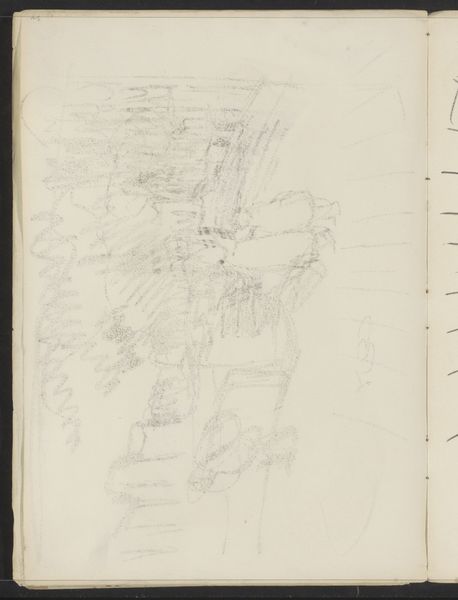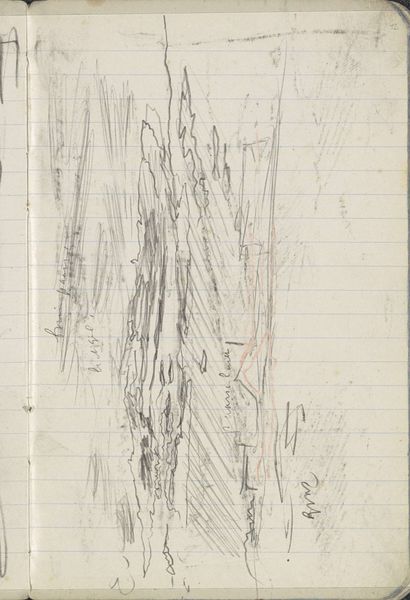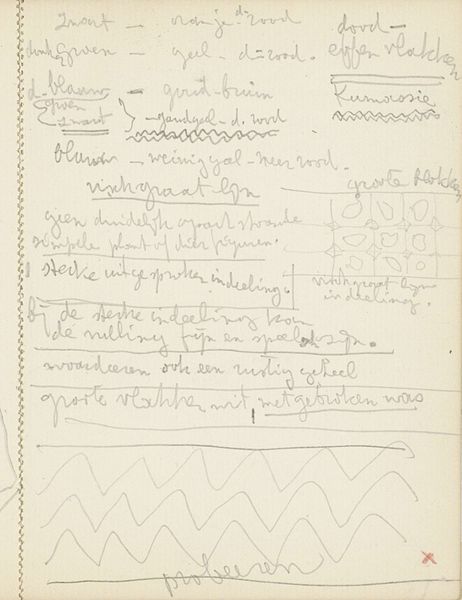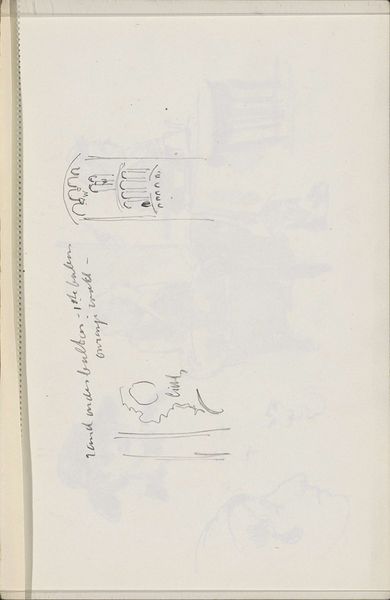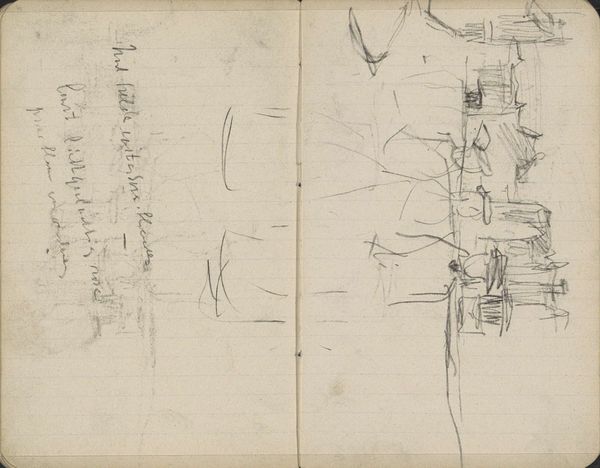
drawing, fibre-art, weaving, textile, paper
#
drawing
#
aged paper
#
fibre-art
#
hand written
#
hand-lettering
#
weaving
#
hand drawn type
#
hand lettering
#
textile
#
paper
#
hand-written
#
hand-drawn typeface
#
fading type
#
geometric
#
line
#
handwritten font
#
small lettering
Copyright: Rijks Museum: Open Domain
Editor: Here we have "Decoratief weefpatroon," or "Decorative Weave Pattern," a drawing from between 1916 and 1945. It looks like it was drawn on a piece of paper with a series of different weaving samples, maybe a study for a larger textile piece? What do you see in this piece that jumps out at you? Curator: I see the ghosts of the artist's process. The material itself—the paper, the hand-drawn lines—speaks to a time when craft and industry were deeply intertwined, particularly for women. Weaving has historically been a space of both artistic expression and domestic labor. Consider the social implications, who was afforded the opportunity to design versus execute such patterns? Editor: That's an interesting point! I hadn’t really considered the gendered aspect of textile work. It feels so removed now, like just a hobby. Curator: Exactly. This wasn't just "hobby" for the person making this; it's possible they sought agency and a creative outlet within constraints, right? Do you see a connection between the geometric precision of the patterns and other modernist movements happening at the time? How might this connect with the politics of making during this period? Editor: I do! Now that you point it out, there is a connection to the Bauhaus school, which also experimented with geometric shapes and functional design. This was around the interwar period, right? When there was so much change? Curator: Precisely. Consider how economic hardship, technological innovation and shifts in gender roles might affect artistic production, including something as seemingly simple as a weaving pattern. This design can also reflect identity! Editor: So this drawing is not just a pretty pattern but reflects gender roles and how industry changed in that time! Curator: It's a conversation starter. It invites us to ask who created it, under what circumstances, and how their work contributes to our understanding of the complex relationship between art, craft, and social change. What might we learn from considering the artist's hand and intent, and the historical environment of this design? Editor: This really changed how I saw something I thought was very simple at first glance! Now I know this weaving design carries so much social context. Thank you!
Comments
No comments
Be the first to comment and join the conversation on the ultimate creative platform.
